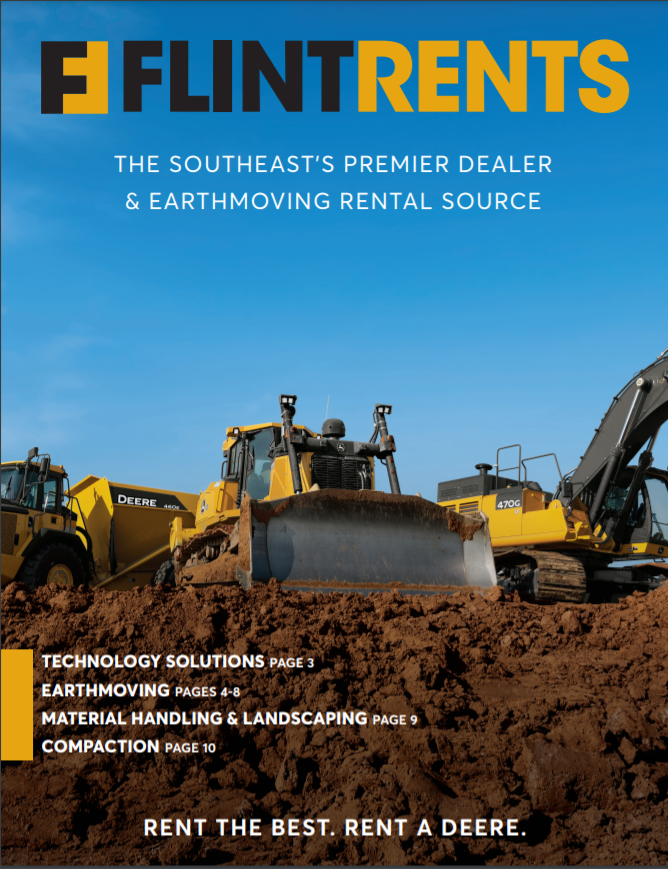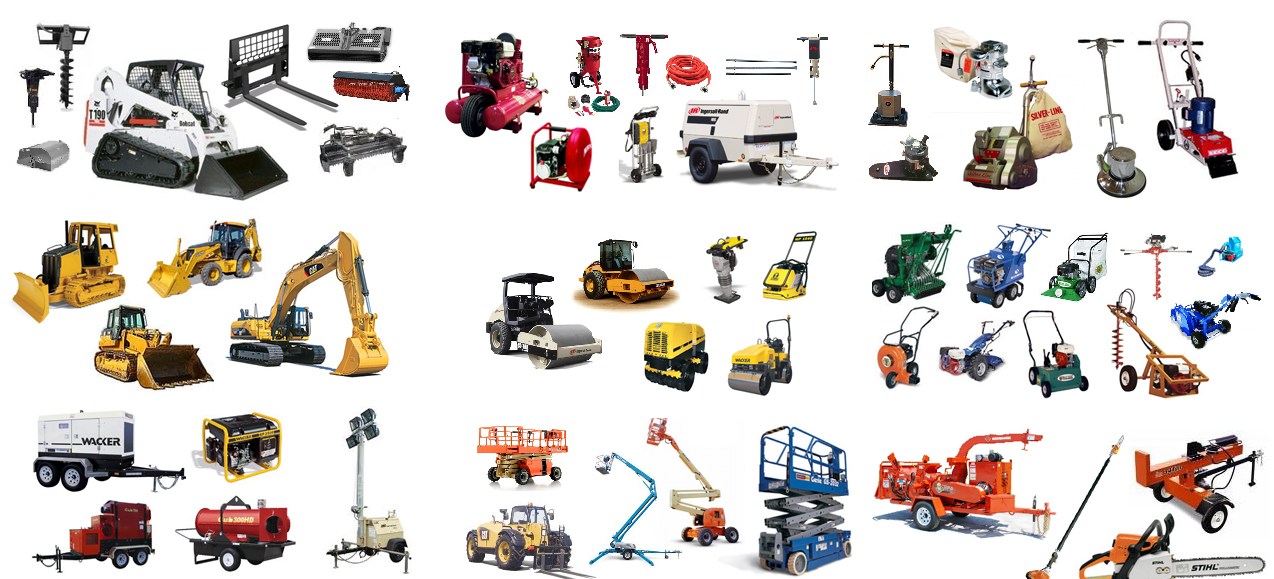Rental Company Near Me: Neighborhood Solutions for Equipment Rentals
Rental Company Near Me: Neighborhood Solutions for Equipment Rentals
Blog Article
Optimize Your Budget by Comprehending the Prices Connected With Construction Tools Rentals
Understanding the full extent of costs related to construction devices leasings is critical for optimizing your spending plan. While the preliminary rental fee might appear simple, many extra expenditures-- such as transport, gas surcharges, and upkeep-- can promptly accumulate, impacting your monetary preparation. Being conscious of various costs and the complexities of rental agreements can help stay clear of unanticipated economic problems. What approaches can be employed to properly take care of these costs and guarantee an extra effective rental experience?
Overview of Rental Prices
When thinking about construction tools leasings, comprehending the connected prices is extremely important for reliable budgeting and project planning. Rental costs can vary considerably based upon numerous factors, consisting of tools type, duration of leasing, and location. The preliminary rental fee frequently mirrors the tools's market demand and its associated functional capabilities, affecting the overall expense.
In addition to the base rental price, supplementary costs may develop, such as transport costs, fuel additional charges, and maintenance fees. It is necessary to represent these added expenses to precisely examine the complete price of renting out tools. The rental period can influence rates; longer rentals may certify for affordable prices, while temporary services may incur greater daily fees.

Break Down of Rental Rates
A comprehensive understanding of rental rates is necessary for contractors and project managers aiming to optimize their budgets. Rental prices for building tools commonly contain a number of parts, including base rates, time-based fees, and usage fees.
Base prices are the core fees connected with the leasing of the equipment, typically figured out by the kind and dimension of the machinery. These rates can differ substantially, influenced by factors such as equipment demand, accessibility, and regional market fads. Time-based costs, which might be daily, weekly, or monthly, serve to accommodate different job timelines and rental periods.
In addition, rental rates might include usage costs, which are applicable when equipment is used beyond a specified limit, guaranteeing that the rental company can represent deterioration. Seasonal demand changes can likewise affect rental rates, with peak building seasons normally commanding higher prices.
Furthermore, recognizing the rental firm's policies concerning maintenance and insurance can supply more understanding into the general expense structure. By evaluating these components, specialists can make informed decisions, ensuring the selection of rental tools lines up with both job demands and budget plan constraints.
Additional Fees to Think About
Comprehending the complexities of additional fees is crucial for specialists to handle their general rental costs efficiently. Past the standard rental rates, different auxiliary costs can considerably affect the overall cost of tools rental. These charges usually consist of shipment and pickup costs, which can differ based on range and logistics included in carrying the equipment to and from the work site.
Furthermore, some rental companies might enforce gas surcharges if the tools is returned with much less fuel than when rented out. It is also necessary to understand possible cleaning costs, especially for customized equipment that calls for complete maintenance after use.

Extensively reviewing the rental arrangement and clearing up these additional fees in advance can aid professionals make sure and prevent find more information unforeseen expenses that budget plans stay intact throughout the task lifecycle.
Maintenance and Repair Work Costs
Normal repair and maintenance expenditures are commonly forgotten factors that can substantially influence the general price of building equipment services. When renting equipment, it is vital to think about not only the rental charges however also the possible costs associated with keeping the machinery in optimal operating condition.
Lots of rental firms consist of basic maintenance as part of the rental arrangement; however, more unexpected failures or considerable repair services can result in additional expenditures. It's vital to assess the rental agreement meticulously to understand what maintenance solutions are covered and what responsibilities fall on the occupant.
Additionally, devices that is not well-maintained can bring about inefficiencies on the task site, potentially causing delays and increasing project costs. To mitigate these dangers, it is suggested to perform regular evaluations and keep open interaction with the rental company relating to any kind of problems that occur throughout use.
Insurance Policy and Responsibility Prices
Insurance coverage and liability costs are crucial elements that can considerably influence the general expense of building and construction tools services (dozer rental). These costs make certain that both the rental company and the client are Read Full Article protected from possible monetary losses arising from crashes, damages, or burglary during the rental duration

Additionally, customers need to be aware page of any deductibles or exemptions in the insurance coverage policy, as these can impact prospective out-of-pocket expenses. Understanding the terms and conditions of any insurance coverage is crucial to prevent unanticipated expenses. Ultimately, budgeting for insurance and obligation costs can aid make sure a smoother rental experience and shield versus economic threats related to building and construction projects.
Final Thought
In verdict, an extensive understanding of the expenses connected with construction equipment leasings is important for efficient spending plan management. Inevitably, educated decision-making concerning equipment rentals adds to the total success of construction endeavors.
Rental prices can vary considerably based on several variables, consisting of tools kind, period of rental, and place (scissor lift rental). The rental period can influence rates; longer rentals might qualify for reduced prices, while temporary services might sustain greater day-to-day costs
By carrying out complete research study and involving with trustworthy rental business, service providers can successfully browse the intricacies of rental rates, ultimately optimizing their economic sources.
Past the standard rental rates, numerous additional charges can significantly impact the overall expense of equipment service. Rental firms frequently give liability insurance policy that covers injuries to 3rd events or damages to residential property, while devices damage insurance policy can cover the cost of fixings or substitute if the leased equipment is harmed.
Report this page